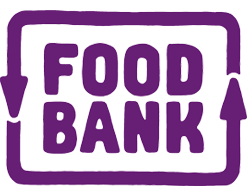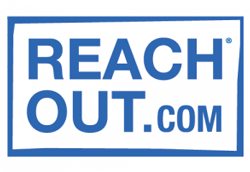Additives to Milk
Posted by: CAT17
16th Apr 2015 09:37pm
Lon008
- 23rd Apr 2015 12:36pm
Hi Ingi
Thank you for posting this question.
For the past 10-15 years, I have been a skinny milk drinker. In recent times, after reading a book on ancient wisdom for modern health, it has highlighted to me that the milk we drink has been treated so much, that the goodness has almost gone. To that point, I have now reverted back to drinking full cream milk as it higher in nutrients. Many people drink milk for the calcium. However, by drinking processed varieties where the natural milk fats are damaged or missing, for example in homogenised or skim milks, we actually compromise our ability to absorb nutrients such as calcium.
Help Caféstudy members by responding to their questions, or ask your own in Café Chat, and you will get the chance of earning extra rewards. Caféstudy will match these and donate equally to our two chosen Australian charities.



